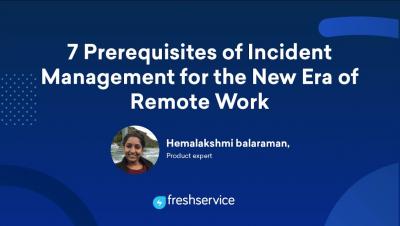Keep my data private
How to allow customers to easily request data privacy under the California Consumer Privacy Act Julie, who recently took up baking cupcakes as a hobby, is furious—and not about her culinary skills. She hadn’t realized how much of her personal information the company from which she bought her supplies had harvested and sold, without her express permission.









